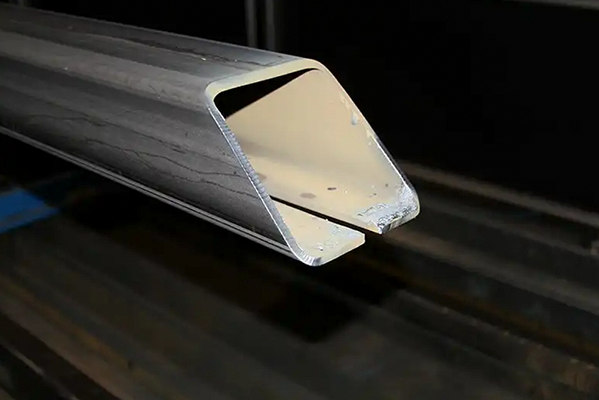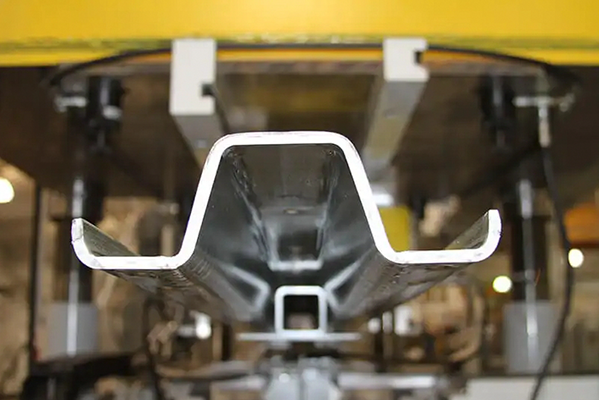Navigation Menu
Contact Us
- Email:
- info@wxavatar.com
- Address:
- Yurong Village, Yuqi Street, Huishan District, Wuxi, China.
Release Date:Jun 21, 2025 Visit:46 Source:Roll Forming Machine Factory
The railroad industry is experiencing continuous growth and modernization, leading to an increasing demand for upgraded railroad components. Rail operators and manufacturers are focusing on improving efficiency, reliability, and long-term performance. But what specific factors are driving this growing need for upgraded components?

Increasing Freight and Passenger Traffic
One of the primary reasons for the rising demand is the steady increase in both freight and passenger rail traffic. As more trains are put into operation and schedules become tighter, railroad components are exposed to higher levels of stress and wear. Upgraded components with better durability and precision can help rail operators handle this increased workload while maintaining reliable performance.
Aging Rail Infrastructure
Many rail systems around the world are operating with equipment and infrastructure that have been in service for decades. Older components may no longer meet current operational standards and can become more difficult to maintain. Upgrading to modern components helps rail companies improve system safety and efficiency while reducing the risk of unexpected failures.
Focus on Operational Efficiency
Rail operators are under pressure to reduce downtime and increase asset utilization. Upgraded components often offer improved reliability, easier maintenance, and longer service life, all of which support smoother operations and lower lifecycle costs. This focus on efficiency is encouraging companies to replace outdated parts with modern alternatives.
Stricter Safety Regulations
Changes in safety regulations are another important factor driving the demand for upgraded railroad components. Many regions have introduced updated technical and safety requirements for both freight and passenger rail systems. Upgrading to components that comply with these regulations helps operators meet inspection standards and maintain safe operation across their networks.
Advances in Technology
The introduction of new materials, smarter monitoring systems, and improved engineering designs has expanded the range of available railroad components. Modern components often include built-in sensors for real-time monitoring, stronger materials for better wear resistance, and modular designs that simplify maintenance. These technological advancements are making upgraded components more attractive to rail operators looking for better long-term performance.
Growing International Rail Projects
Large-scale rail construction and expansion projects in various countries are contributing to higher demand for upgraded railroad components. High-speed rail systems, urban transit upgrades, and cross-border freight corridors all require modern equipment that meets current global standards. These projects often call for advanced components that support higher speeds, heavier loads, and improved safety.
Supply Chain Optimization
Rail operators are seeking components that are easier to source, maintain, and replace. Upgraded parts that offer greater standardization and compatibility can simplify inventory management and streamline the supply chain. This is especially important for operators with extensive rail networks covering multiple regions.

Conclusion
The growing demand for upgraded railroad components is being driven by factors such as increased rail traffic, aging infrastructure, efficiency goals, regulatory changes, technological advancements, international rail expansion, and supply chain considerations. As the railroad industry continues to modernize, the push for more reliable, durable, and advanced components is expected to remain strong. Rail operators that invest in these upgrades can improve performance, reduce downtime, and meet the evolving requirements of the market.